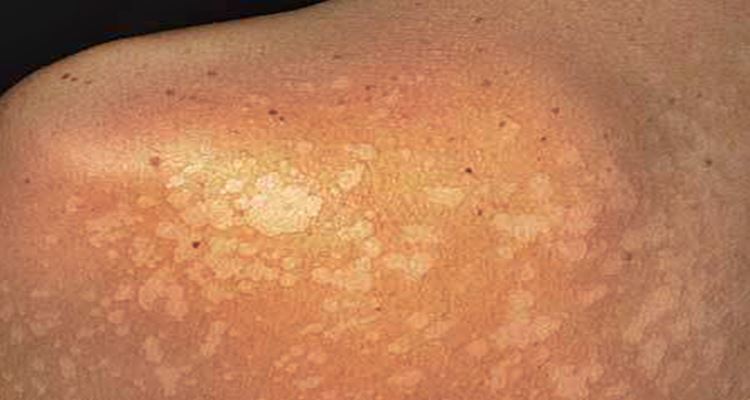What is a condition called pityriasis alba and its causes and symptoms?
PITYRIASIS ALBA – Here are some essential things you should know about pityriasis alba including the signs and symptoms of this skin disorder.
The American Osteopathic College Of Dermatology defined Pityriasis alba as a “common skin condition first characterized by red, scaly patches”. It leaves “scaling hypo-pigmentation or lighter coloration” in the skin.

AOCD says there’s an unknown cause of this and this is usually a manifestation of another skin disorder called atopic dermatitis, a type of eczema. The lesions could be round, oval, or irregular and they may appear in shades of red, pink, or skin-colored.
Mostly, children and young adults get affected by this. Moisturizing creams can help the red or pink patches go away but sometimes, they just go on their own. However, these treated discolored patches leave pale marks on the skin after the redness goes away. Usually, the patches can stay a few months to a few years.
Commonly, this skin condition happens on the face, upper arms, neck, chest, and back. There’s no particular treatment to treat this because they just usually go in time. Your doctor, however, may suggest for you use a moisturizing cream or topical steroid creams.
But oftentimes, it gets better on its own.
These creams will reduce your skin’s discoloration and ease dryness, scaling, or itchiness. According to the AOCD post, a nonsteroidal topical cream called Elidel will help with the itching and redness of those who are over two years old.
Meanwhile, if you have dark-colored skin, the hyperpigmentation is highly visible. Also, this is the same case when it’s summertime, especially when you get tan skin. It is not contagious and not infectious.
READ ALSO:
- Health-Related Fitness – The 5 Components Of Physical Fitness
- Pain In Lower Right Abdomen – This Is What It Means
What can you say about this? Let us know!

